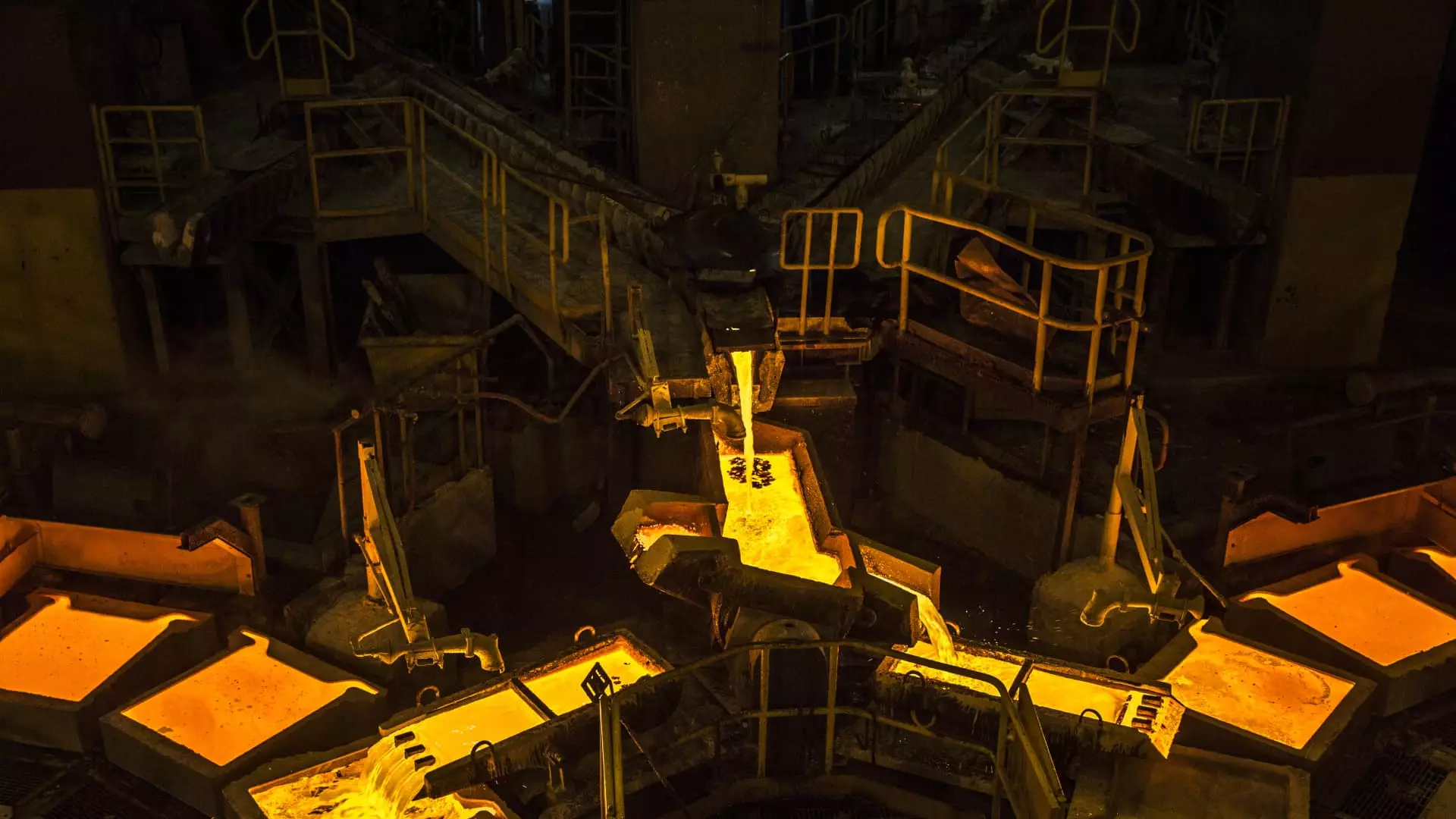After enduring a tumultuous political climate for an extended period, Peru is experiencing a resurgence in investor interest, particularly in the sovereign bond market. The substantial increase in foreign ownership of Peru’s sovereign bonds, now sitting at 39%—the highest in emerging markets—signals a revival of confidence among international investors. This turnaround is noteworthy considering the historical context of political turmoil and economic uncertainty that has characterized Peruvian governance in recent years. The moderate stability of Peru’s Baa1 credit rating bestowed by Moody’s reflects this newfound optimism, despite an uneasy political landscape.
Political Challenges and Economic Resilience
Despite a backdrop of calls for President Dina Boluarte’s resignation and parliamentary gridlock, there are signs that Peru is managing to retain a relatively stable economic foundation. The political fractures may appear disadvantageous at first glance; however, they also seemingly result in a cautious fiscal approach that is inadvertently bolstering the country’s economic position. Investors are now recognizing that the absence of decisive legislative action might be contributing to robust fiscal health. As pointed out by David Austerweil of VanEck, the lack of a strong executive may have paradoxically improved fixed income outcomes in Peru, creating a unique situation where political dysfunction aids in fiscal resilience.
Peru’s economic metrics are particularly encouraging when scrutinized against its Latin American peers. The nation’s debt-to-GDP ratio, at 33%, stands in stark contrast to Brazil’s staggering 86.7% and Chile’s 40.5%. This low ratio not only provides a cushion against fiscal distress but also renders Peru’s sovereign bonds an attractive proposition for investors seeking reliable returns. Moreover, the stability of the Sol—a key factor in maintaining investor confidence—coupled with the Central Reserve Bank of Peru’s recent reductions in interest rates further enhances the attractiveness of Peruvian fixed income assets.
The latest interest rate adjustments, bringing rates down to 5.25%, coupled with the longest yield curve seen globally, present significant opportunities for investors looking for sustainable returns. The yield on local currency bonds, as illustrated by the current 10-year Soberano yielding 6.428%, paints a vivid picture of the lucrative landscape Peru offers, especially in a climate where many other nations are grappling with inverted yield curves.
Dependent on Commodities: Pros and Cons
Peru’s economy is heavily reliant on its mining sector, which stands as a double-edged sword. While the recent surge in metal prices—including copper, silver, and zinc—has driven positive outcomes in the stock market—exemplified by a staggering 24.8% rise in the MSCI Peru Index over 2024—long-term sustainability is less assured. The cyclical nature of mining and commodity prices leaves the economy highly vulnerable to international market fluctuations. Pramol Dhawan aptly summarizes the situation: while short-term gains appear promising, the absence of a stable political framework hinders any long-term equity growth narrative.
The hope for sustained economic performance partially relies on the expectation of a “commodity supercycle.” However, given the unpredictable nature of global markets and the fluctuating demand for commodities, relying solely on this dynamic for economic growth may prove inadequate.
The current state of affairs in Peru serves as a cautionary tale. While foreign investments in sovereign bonds demonstrate an encouraging trajectory, the interconnected nature of politics and economic performance cannot be overlooked. Political stability remains crucial not only for enhancing investor confidence but also for creating a conducive environment for sustainable long-term economic growth.
As foreign investors are drawn back into the Peruvian market, a pressing question lingers: can this newfound optimism weather the storm of potential future political instability? Ultimately, for Peru to sustain both its investor appeal and economic performance, it must prioritize governance and legislative functionality, alongside capitalizing on its rich natural resources. Only then can the nation transform its short-term advancement into a robust and resilient economic future.

